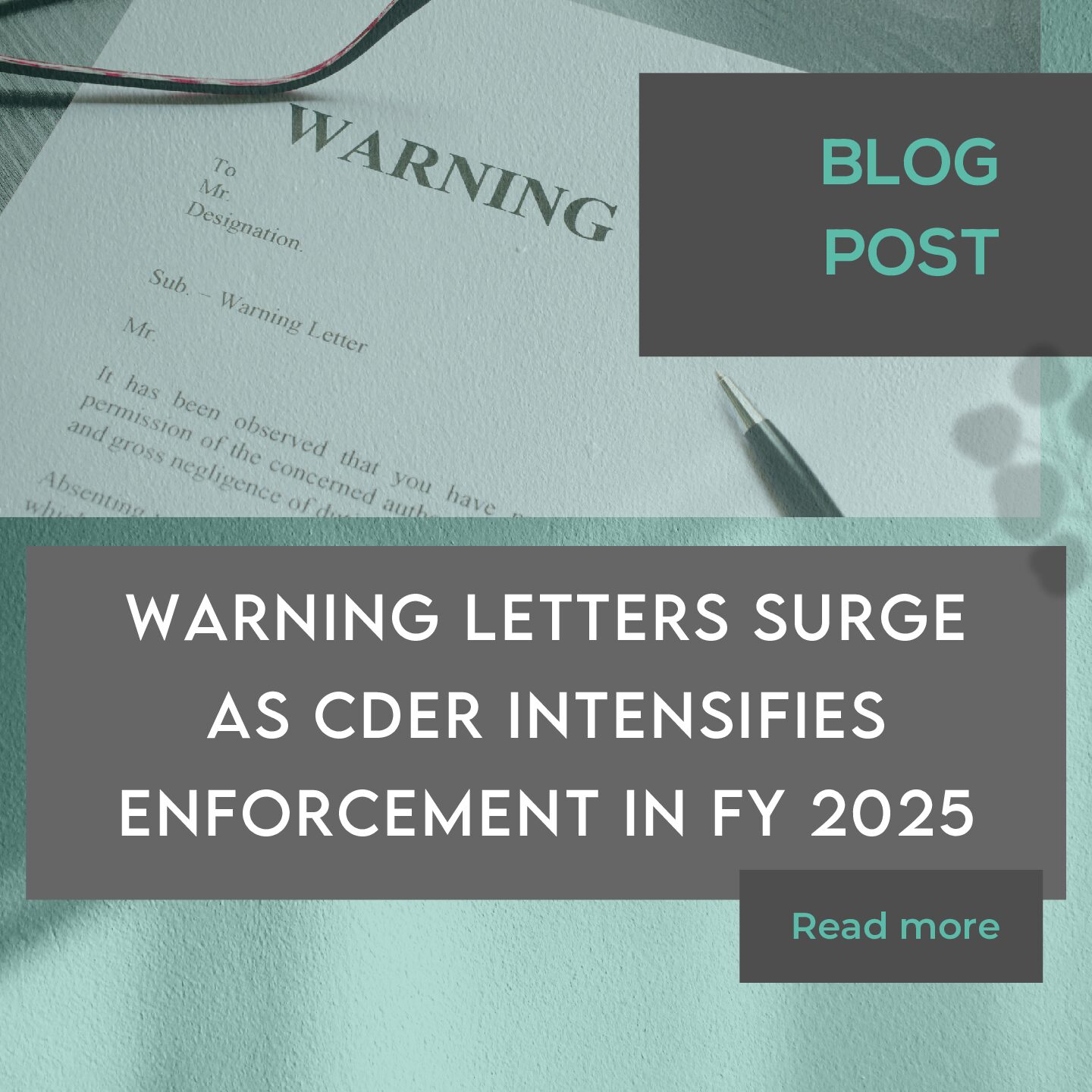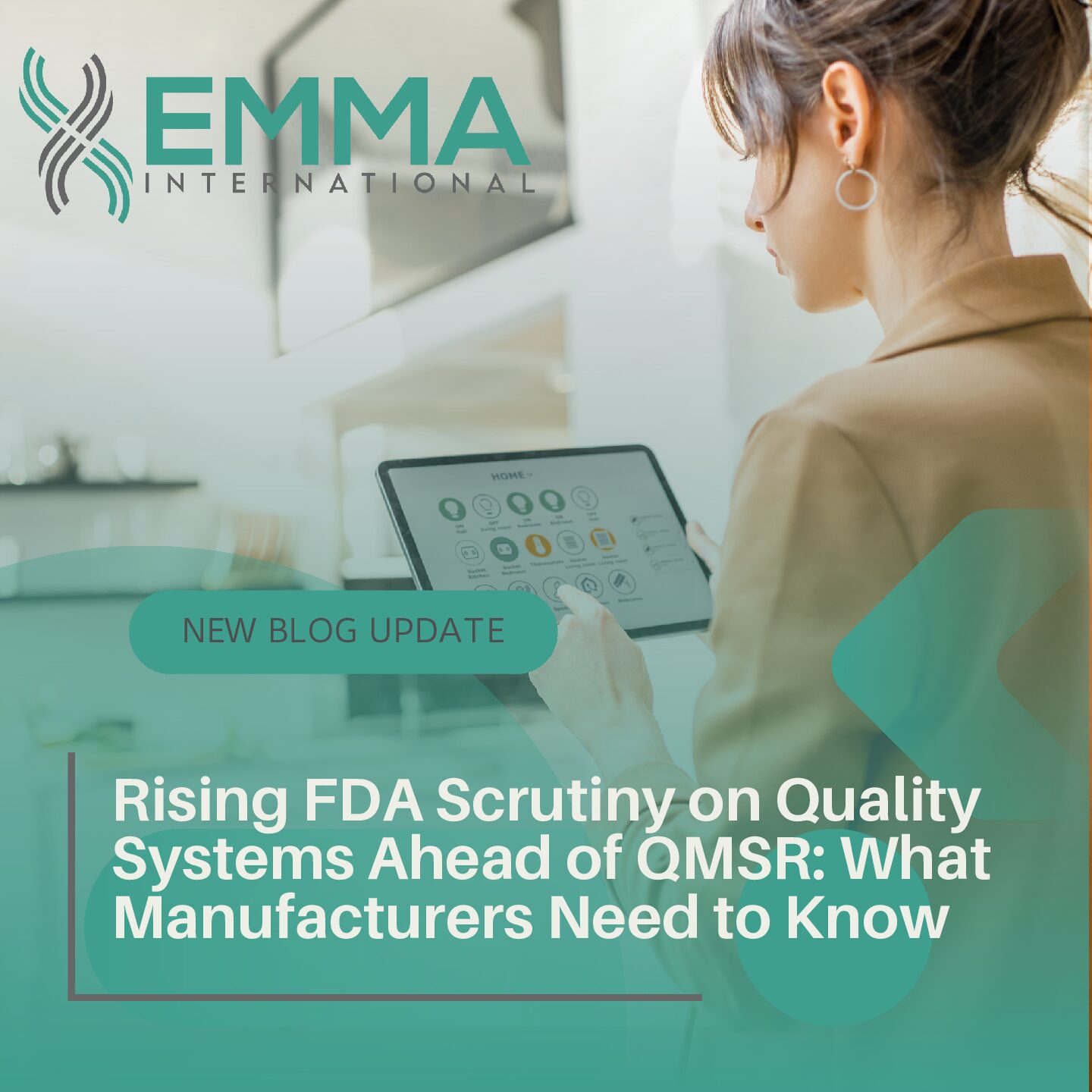Imagine, for the last five years you have worked to design a new, low-risk medical device and you are now ready to submit a 510(k) to the FDA for market approval. You do your due diligence to demonstrate the safety and effectiveness of your device by proving substantial equivalence to a predicate device. However, no such predicate device exists. What do you do? If this was 1996, your device would automatically be classified as a Class III device, requiring Premarket Approval (PMA). The PMA submission will require you to submit a multitude of data to the FDA, including the device description, intended use, nonclinical and clinical studies, case report forms, manufacturing methods, labeling, etc. [1]. It has been reported that high-risk PMA costs average $94 million, with 80% of the cost attributed to FDA-related activities [2]. To keep your cool, you remind yourself that your device is low-risk, it couldn’t possibly cost $94 million to bring to market. However, the PMA application fee could cost up to $200,000 and the rule of thumb price of PMA submission is $1-2 million [3]. Before you toss in the towel, consider the de novo process first created by the FDA in 1997 and revised in 2012.
In 1997, the FDA’s Modernization Act (FDAMA) introduced the de novo process as an alternate pathway to market for low to moderate risk devices with no substantially equivalent devices, receiving automatic Class III classification, and requiring PMA submission. However, the initial form of the de novo process was complicated, involving several steps and a 60-day review period. In 2010, it was reported that an average of 480 days elapsed between the initial 510(k) submission to final review of the de novo application, with 241 of those days spent reviewing the de novo application [4]. Despite the efforts of the FDA to give manufacturers an alternative to automatic Class III classification and PMA submission, the arduous process of the original de novo pathway left it as the road less traveled. From 1997 to 2012, only 80 de novo petitions were approved, corresponding to a rate of approximately 5 per year [4].
In July 2012, the FDA’s Safety and Innovation Act (FDASIA) created a new, direct de novo process [5]. The direct de novo process allows manufacturers to bypass submitting an initial 510(k) and having it declared non-substantially equivalent (NSE). Instead, manufacturers can submit a direct de novo petition, providing the FDA with enough information to show the device is safe and effective. The De Novo Classification Process draft guidance released in August 2014 contains an attachment detailing what should be included in a de novo submission. The submission should include the device description, recommended classification with justification, risks and benefits of the device, and general and special controls that would provide reasonable assurance of safety and effectiveness [6]. An additional benefit of the direct de novo process is its 120-day review period, which significantly reduces the waiting time manufacturers faced in the original de novo process.
In addition to easing the pathway to market by developing the direct de novo process, the FDA is encouraging manufacturers to submit a Pre-Submission (Pre-Sub) to receive FDA feedback prior to filing a de novo petition. The aim of Pre-Sub is to allow manufacturers to obtain a preliminary perspective on regulatory controls necessary to provide reasonable assurance of safety and effectiveness, as well as insight on evidence required to support the de novo petition [6]. Pre-Sub will optimize time and money spent on collecting evidence to support device safety and effectiveness, and ease FDA’s review of the de novo petition. The direct de novo process has encouraged manufacturers to take advantage of this alternative to automatic Class III classification. In 2013, 19 de novo petitions were approved, which is almost four times the annual approval rate in 1997-2012 [7].
The de novo pathway is in place to aid manufacturers of innovative low to moderate risk devices in bringing their products to market. However, deciding whether or not to take the de novo path, and which de novo process is best for your device is not an easy task. Remember, the best defense is a good offense, utilize the draft guidance released in 2014 and consider submitting a Pre-Sub to work with FDA as you go through the process.
References
- PMA Application Methods. FDA. 2015. Available from: http://www.fda.gov/MedicalDevices/DeviceRegulationandGuidance/HowtoMarketYourDevice/PremarketSubmissions/PremarketApprovalPMA/ucm048168.htm.
- Staff, M. Medical device makers spend millions to meet FDA rules, study finds. 2010. Available from: http://medcitynews.com/2010/11/medical-device-makers-spend-millions-to-meet-fda-rules-study-finds/.
- Garner, M., Neuman, G. How to Manage Regulatory Issues and get FDA Approvals. New World Regulatory Solutions, Inc. Available from: http://www.newworldreg.com/slideshow.pdf.
- Drues, M. Secrets Of The De Novo Pathway, Part 1: Why Aren’t More Device Makers Using It? Med Device Online. 2014. Available from: http://www.meddeviceonline.com/doc/secrets-of-the-de-novo-pathway-part-why-aren-t-more-device-makers-using-it-0001.
- New Section 513(f)(2) – Evaluation of Automatic Class III Designation, Guidance for Industry and CDRH Staff, FDA, Editor. 2014, CDER.
- De Novo Classification Process (Evaluation of Automatic Class III Designation), FDA, Editor. 2014, CDER.
- Gaffney, A. FDA Approving New High-Risk Devices at Fastest Pace in Last Decade, Report Finds. 2014. Available from: http://www.raps.org/Regulatory-Focus/News/2014/10/23/20616/FDA-Approving-New-High-Risk-Devices-at-Fastest-Pace-in-Last-Decade-Report-Finds/.





